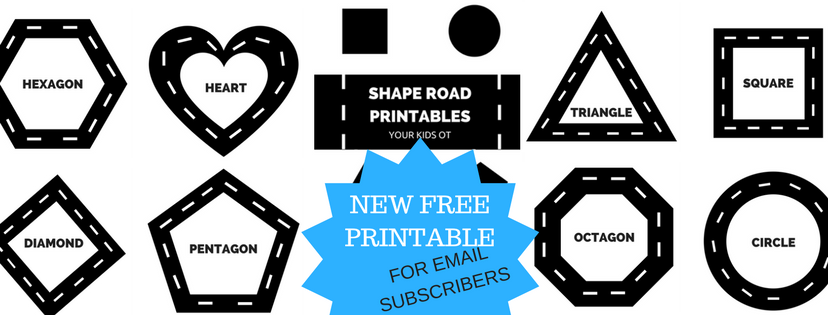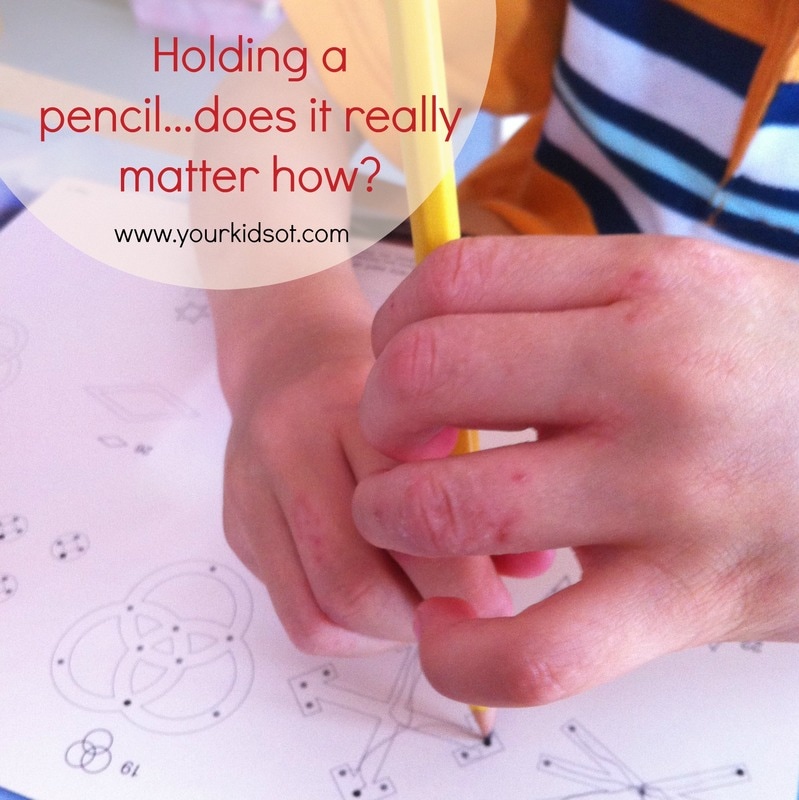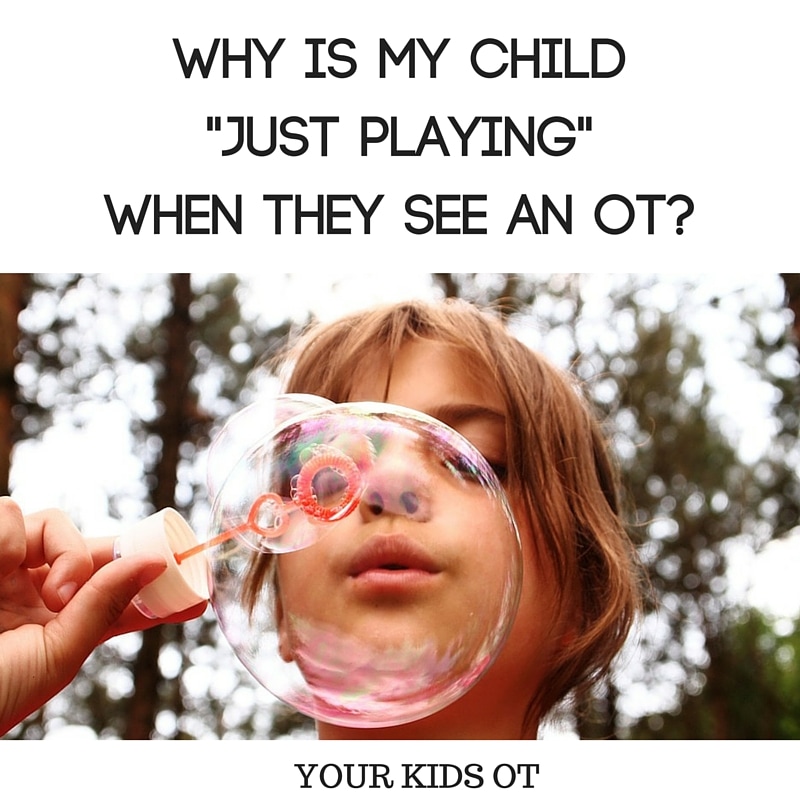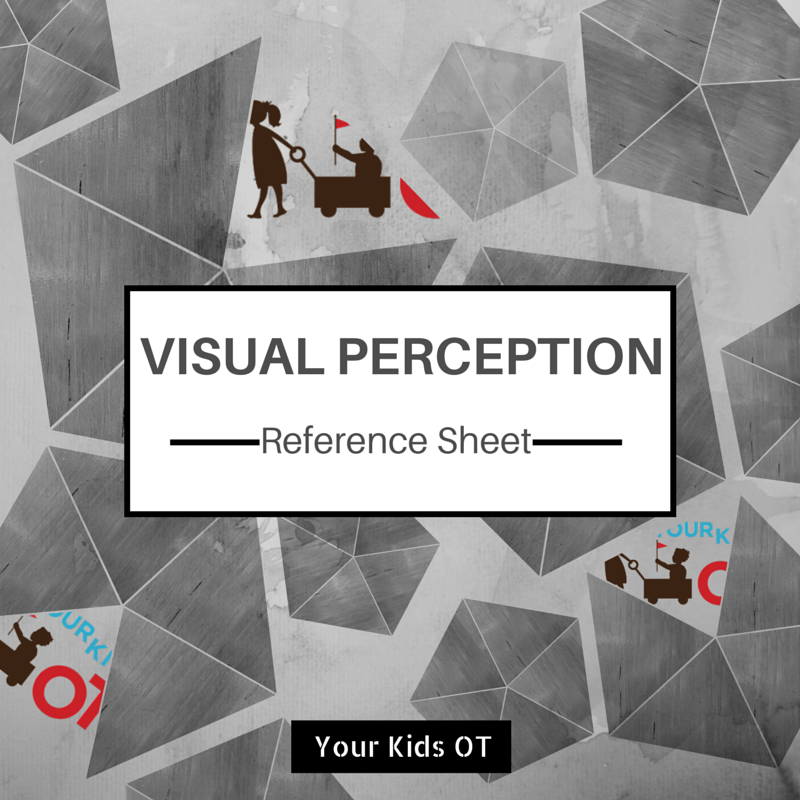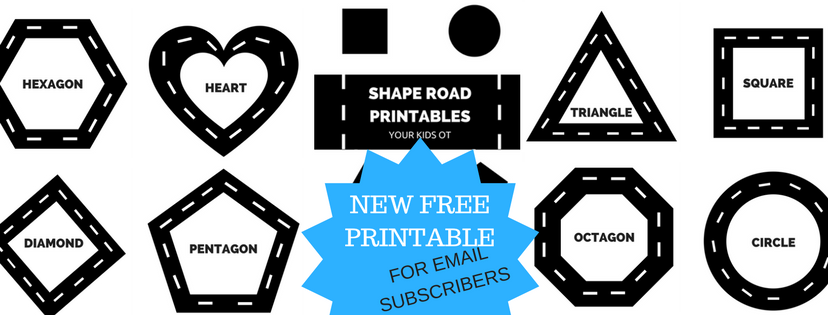|
b or d? p or q? 2 or 5? 9 or 6? Does your child have difficulty with reversing letters when writing? Do they become confused with certain letters of the alphabet? Letter reversal are quite common for young children. It is common for letters, numbers and even whole words to be reversed when they are first learning to read and write. This does not necessarily mean that your child has a learning difficulty. Lane (2005) reports the following stages of visual motor development related to letter reversals.
Lane (2005) also makes the following observations regarding children who do make reversals.
There are heaps of "tricks" and "visual prompts" available for teaching commonly reversed letters (just check Google or Pinterest) . Most of the tricks and prompts you will find rely on a child's visual discrimination and visual memory. This is great for the majority of children who are developing typically, however sometimes these are not "enough". Some children canNOT retain the information from visual prompts to prevent reversals in identification and writing. Before jumping into teaching any tricks or these letters specifically ... there are a few things that I work on with my OT students first! This includes:
After learning to discriminate left and right; then it is important that children learn that most reading and writing (in the Western world) occurs FROM left to right. The direction of writing is really important for prevention reversals and is also related to a child's ability to "cross the midline". Read more about crossing the midline and bilateral coordination HERE (you will also find a neat left to right direction page as part of the Bilateral Integration Reference Sheet).
When teaching handwriting, I teach in "letter families" according to formation or size (depending on a child's difficulties). Children who are having letter reversal difficulties benefit from classifying letters into a "family" or group according to the first motor pattern needed to form these lowercase letters (ie. the left component for formation). This means that all the lower case letters that start with a "straight line down" are taught together and all the letters that start with a "c" component are taught together. For children who reverse letters, they can begin to group all the "straight line" down letters together (ie. l, t, b, h, k) and differentiate them from the letters that start with a "c" (ie. c, o, a, d, g, q, s). These "letter families" are taught at different times to help with discrimination between the letter families and grouping a letter family. Read more about letter families HERE.
A multi sensory approach to teaching and learning commonly reversed letters will help to engage your child in a number of ways. It seeks to work on the components I have just mentioned (left to right direction, letter identification/naming, letter formation and visual perceptual skills) as well as engage your child in their motor learning through kinesthetic and/or proprioceptive feedback. For each of these approaches, you may want to emphasize the starting points and you may want to model the direction of letter formation. Children will need a visual model to see what they are forming. Some children will require a strong emphasis between the components of each letter (eg. left line and right circular form - to form "b"). Here are 10 ways to provide a multi-sensory approach:
Watch the following You-tube video showing you how children can get confused with commonly reversed letters and my favourite multi-sensory approaches (link here if you can't see it on this page ---> PREVENTING LETTER REVERSALS YOU-TUBE) Have you considered these aspects to help prevent letter reversals? What are your favourite multi-sensory approaches to teach letter formation? 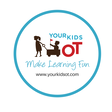 Cindy is a registered occupational therapist practising in Sydney, Australia. She has two growing children who are a constant source of inspiration and learning. Cindy loves working creatively to help children to reach their potential, finding opportunities in everyday living and making learning fun. She is also addicted to making printables (even when they take a long time to complete). Cindy is the author of the Occupational Therapy blog Your Kids OT. Read more articles from Your Kids OT at https://www.yourkidsot.com/blog Cindy is a member of the Functional Skills for Kids Therapy Team. They have together published THE HANDWRITING BOOK, THE SCISSORS SKILLS BOOK and THE TOILETING BOOK. The information on this site is general in nature. The activities are safe for most children, however, you should consult an Occupational Therapist or health professional to address specific movement, sensory or other medical conditions. Affiliate links are used throughout this website to promote recommended products. Your Kids OT receives a small commission if any purchases are made through these links. Please see my disclosure policy for more details. Amazon Store: https://www.amazon.com/shop/yourkidsot YKOT shop: https://www.yourkidsot.com/store/c1/Featured_Products.html Teachers Pay Teachers: https://www.teacherspayteachers.com/Store/Your-Kids-Ot You Tube Channel: https://www.youtube.com/channel/UCZUz_5nYEOCkj32DiOCQo4Q/featured Facebook: https://www.facebook.com/yourkidsot Instagram: https://www.instagram.com/yourkidsot/ Pinterest: https://www.pinterest.com.au/yourkidsot/ You may also like: |
AuthorHi, I'm Cindy and I am an Occupational Therapist. I enjoy working creatively with children to see them reach their potential. Read more about me here. SEARCH THIS SITE
Archives
June 2024
Categories
All
Popular Posts |
Join the YKOT e-newsletter!
Subscribe to get our latest content by email and receive
the SHAPE ROADS PRINTABLE NOW!

Success! Now check your email to confirm your subscription and receive your free printable!
Join our Mailing List!
Subscribe to get our latest content by email and receive
the SHAPE ROADS PRINTABLE NOW as a thankyou!

Success! Now check your email to confirm your subscription and receive your free printable!
Disclaimer: The information on this site is general in nature and should be used for educational and entertainment purposes. The activities are safe for most children, however, you should consult an Occupational Therapist or health professional to address specific movement, sensory or other medical conditions. This blog does not replace formal therapeutic professional advice given by a health professional or medical practitioner. Reviews and endorsements of products will only be made based on my expertise and personal opinion; and deemed worthy of such endorsement. The opinions shared in sponsored content will always be my own and not that of the advertising company or brand. Content, advertising space or posts will be clearly identified if paid, affiliated or sponsored. Affiliate links may be found throughout this website in advertising. This means that if you follow through with a purchase from these links, Your Kids OT will receive a percentage of the sale. Your Kids OT undertakes to meet the requirements of the "Social Media Policy" as published by Australian Health Practitioner Regulation Agency (AHPRA). Further information about this policy can be found here.
Find meFollow me |
About me
AuthorHi, I'm Cindy and I am an Occupational Therapist. I enjoy working creatively with children to see them reach their potential. Read more about me here. |
Copyright © 2017 Your Kid OT

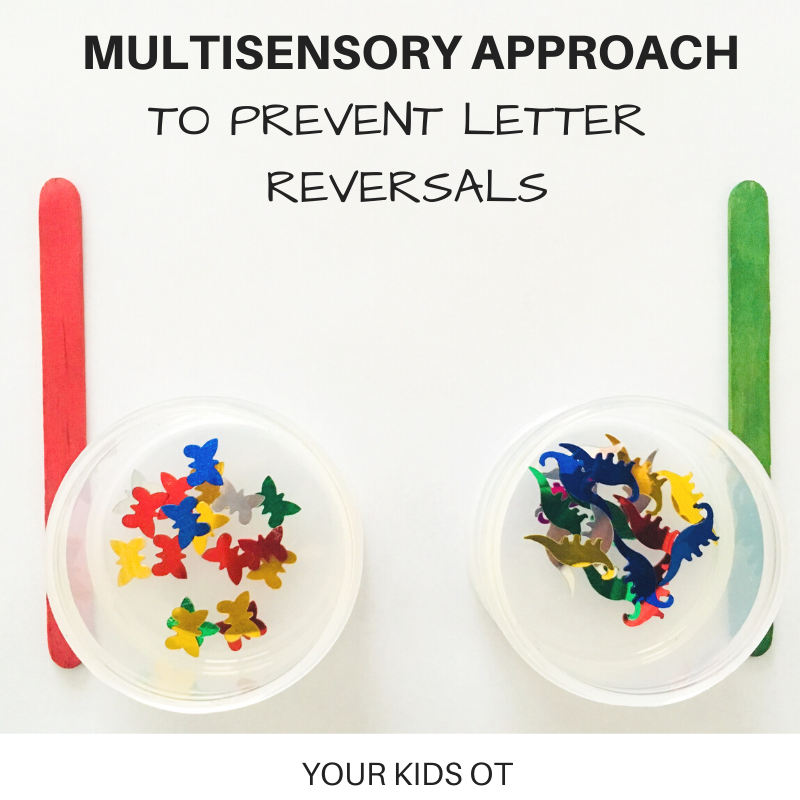
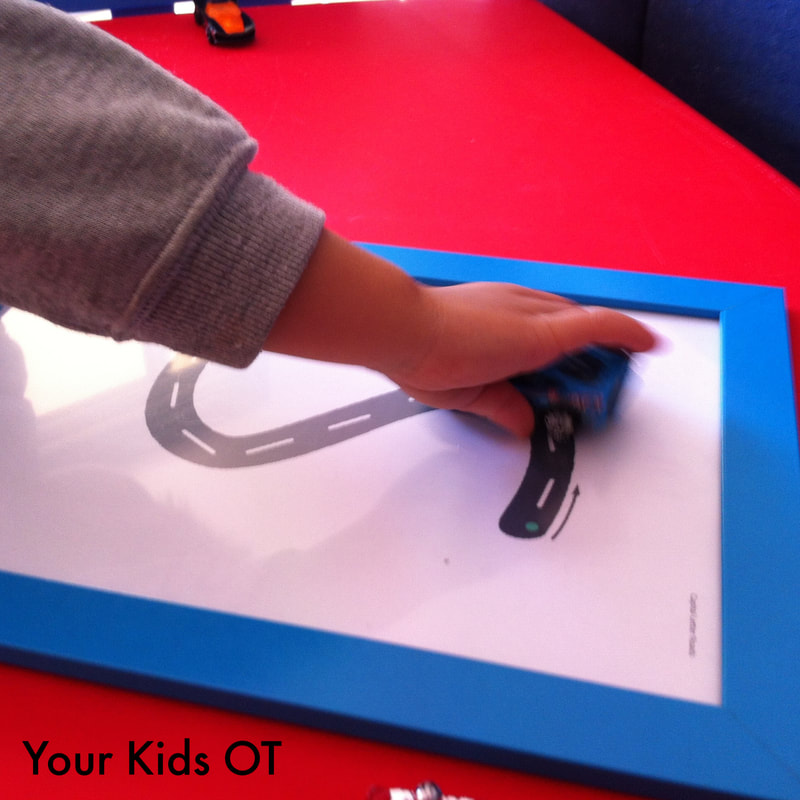
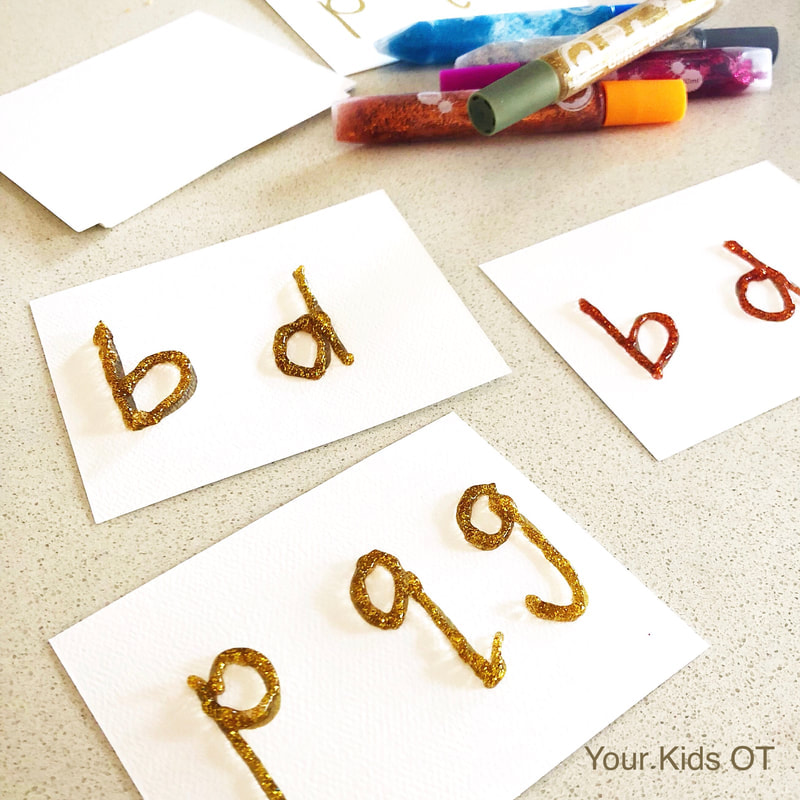
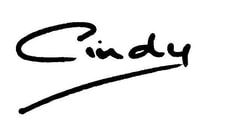
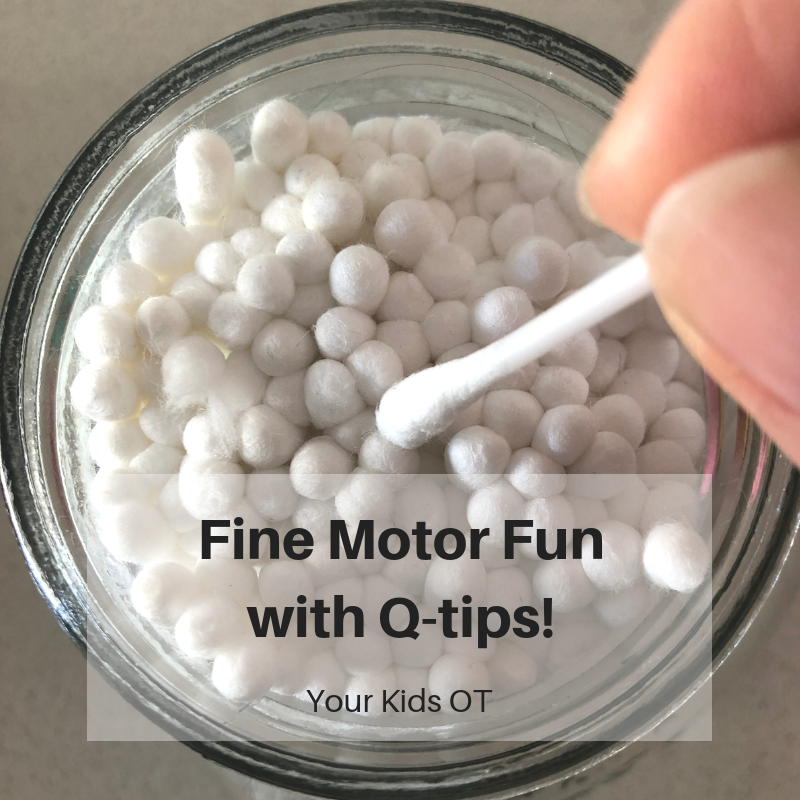
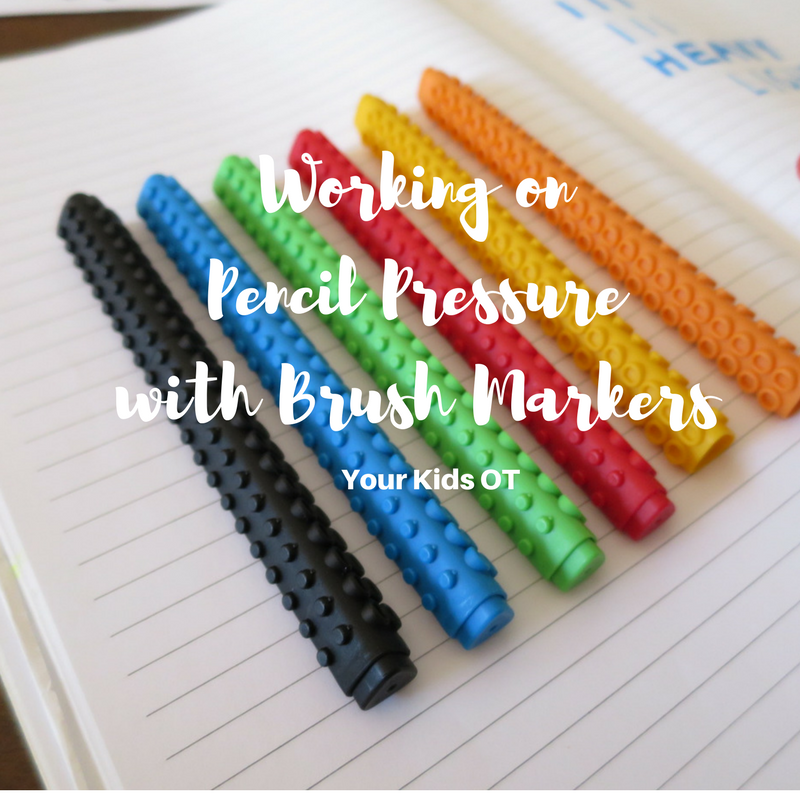
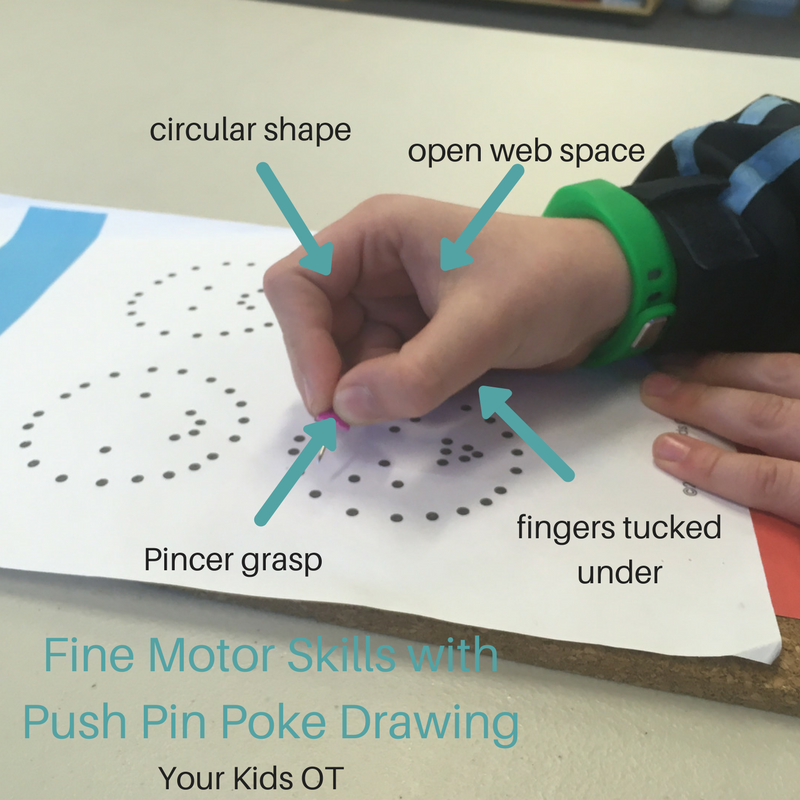
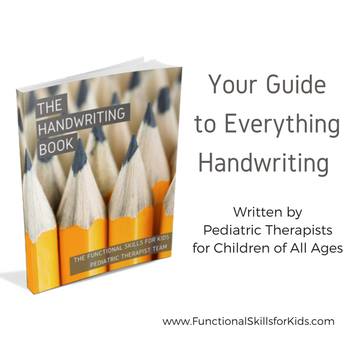
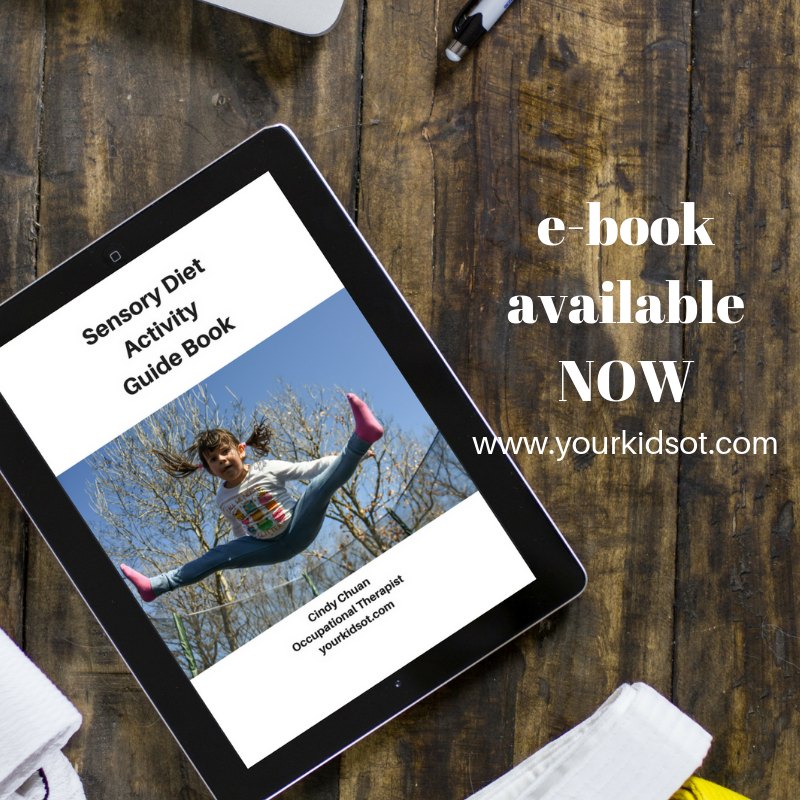
 RSS Feed
RSS Feed
